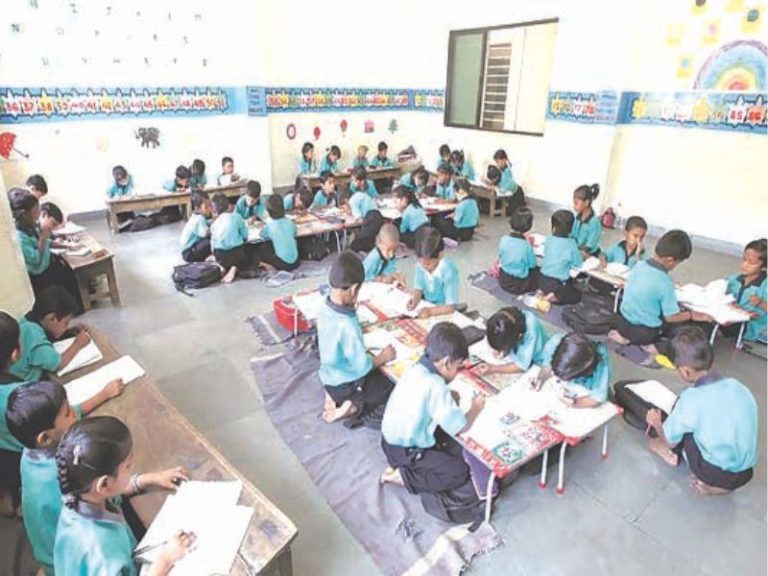No products in the cart.
Maharashtra: Unwarranted euphoria
Maharashtra — india’s most industrialised state which accounts for almost 25 percent of the country’s annual industrial production — has experienced huge political upheavals in recent times. On June 30, the Shiv Sena, Nationalist Congress Party and Congress coalition government which had assumed office in 2019 was toppled in a coup engineered by the BJP which had ruled Maharashtra for a full term (2014-19) in alliance with the Shiv Sena. With leaders of all political parties engaged in horse-trading and plots and conspiracies, education of the state’s 22.5 million school-going children who had just emerged from the prolonged Covid lockdown of all education institutions has been on the backburner.
Therefore news that under the Performance Grading Index (PGI) 2020-21, released on November 3 by the Union education ministry, Maharashtra together with Kerala and Punjab are the country’s top-ranked states for K-12 education countrywide has generated euphoria within the state government’s education ministry. Introduced in 2017-18, PGI measures the performance of states/Union territories on “a uniform scale to catalyse transformational change in the field of school education”.
Data for compiling the index is drawn from the Unified District Information System for Education, 2021, National Achievement Survey 2017, MDM (midday meal) portal and data provided by states/UTs. Information gathered from these sources is analysed to construct PGI which grades states according to scores awarded under the parameters of learning outcomes, access, infrastructure and facility, equity and governance process. States are awarded grades 1-10 with states scoring over 950 points awarded Grade I status and those scoring less than 551 Level 10 status.
In PGI 2020-21, none of India’s 29 states are awarded Level I grade. However six states — Kerala, Punjab, Maharashtra, Rajasthan, Andhra Pradesh, Gujarat, and the Union territory of Chandigarh — have been awarded Grade II (scores 901-950) with Kerala, Punjab, and Maharashtra awarded the highest score of 928.
Although there is understandable euphoria in the education ministry in Maharashtra about the exalted status awarded to the state’s school education system, experienced academics are cynical. “While PGI provides a useful picture of the relative health of the school education system in various states, this annual exercise provides a macro perspective. To reform the school system, more time, resources and personnel need to be invested,” says Rishikesh B.S, professor of education at Azim Premji University, Bengaluru.
Other studies of children’s learning outcomes indicate that Maharashtra is less than an out-performer. According to the Annual Status of Education Report (ASER) 2021, published by the highly-respected Pratham Education Foundation, during the Covid-19 pandemic induced lockdown, only 50 percent of households in the state (pop.115 million) received learning materials for children at home.
Moreover according to ASER 2019, which measured the early years learning of classes I-III children in the last year before the outbreak of the Covid-19 pandemic in early 2020, 31 percent of class III children in rural primaries were unable to read and/or comprehend class I textbooks and 14 percent couldn’t recognise numerals 1-9. Following the closure of schools statewide for 80 weeks in 2020-21 during the pandemic and learning materials not reaching 50 percent of children, learning outcomes have undoubtedly plunged further. According to UDISE Report 2022-23, 19 percent of Maharashtra’s 1.09 lakh schools (and 28 percent of government schools) are managing without computers and 49 percent (and only 28 percent of government schools) are connected with the internet.
At best Maharashtra’s high rating on PGI reflects its relative superiority because other states have been more hard hit by the pandemic. Therefore while PGI, which stimulates state governments to compete to improve their school systems, is a commendable initiative, its conclusions call for introspection rather than celebration.
Special Correspondent (Mumbai)















Add comment